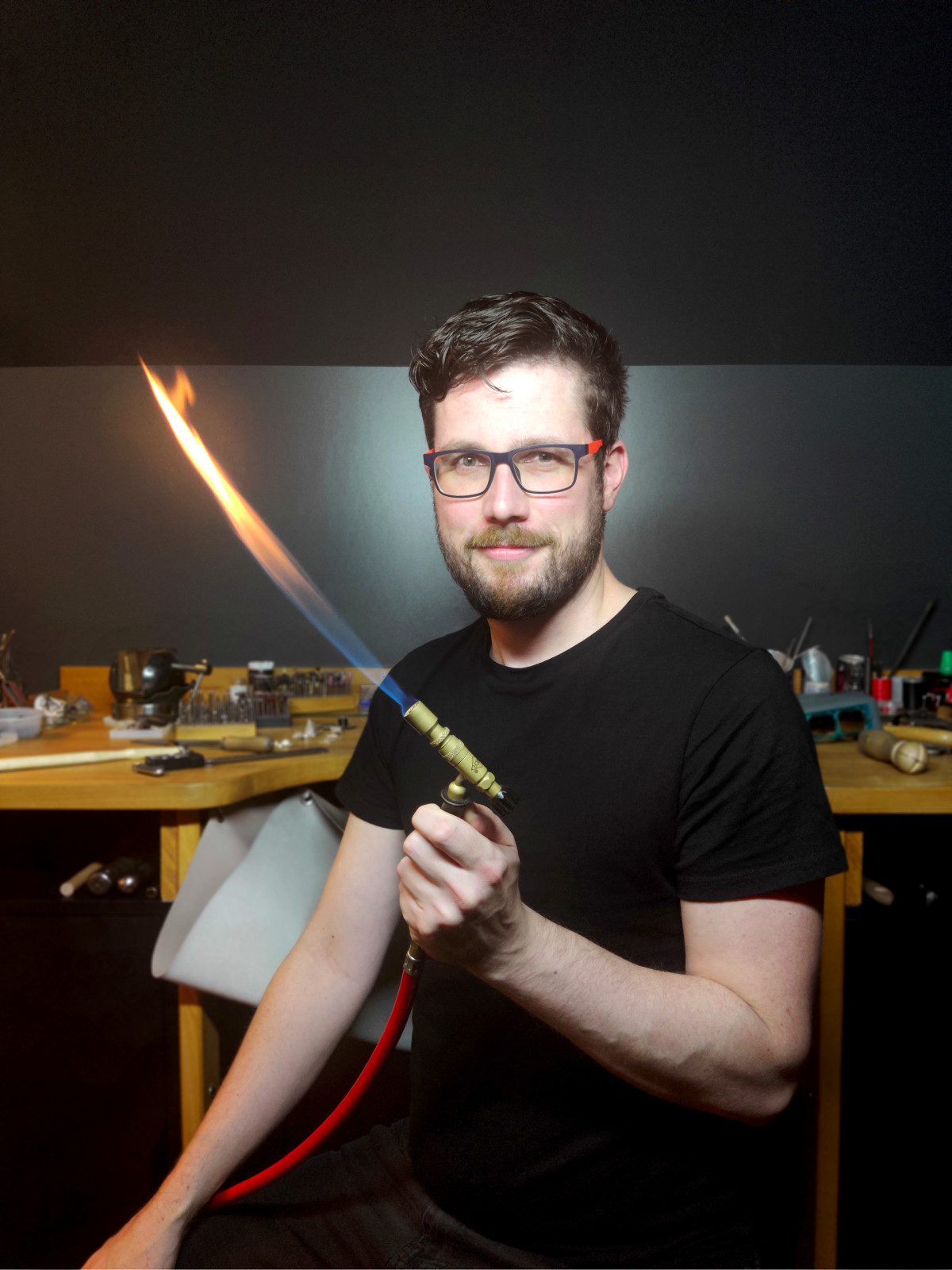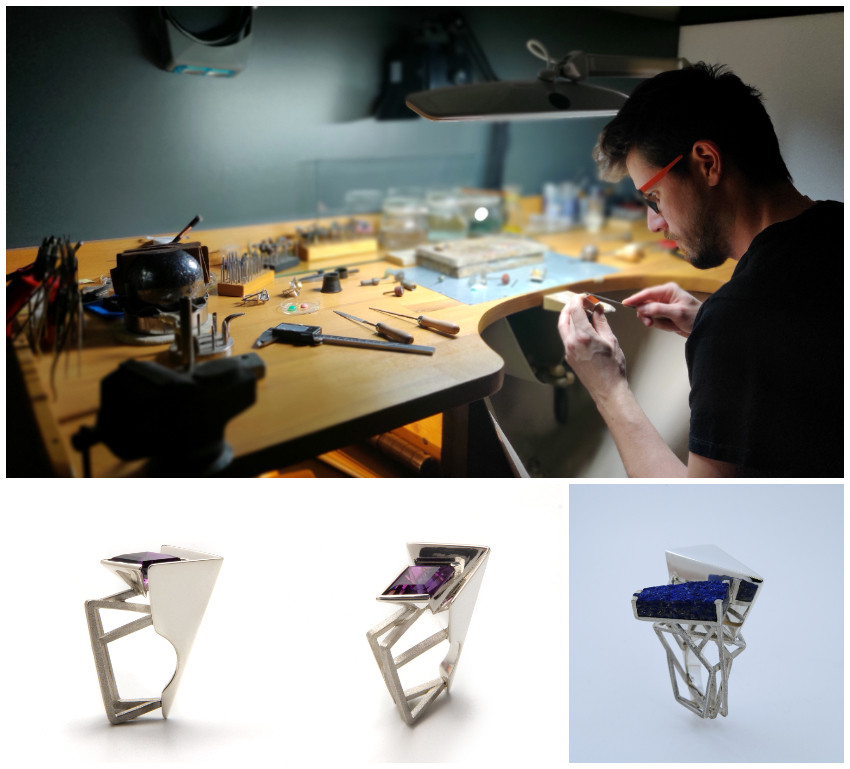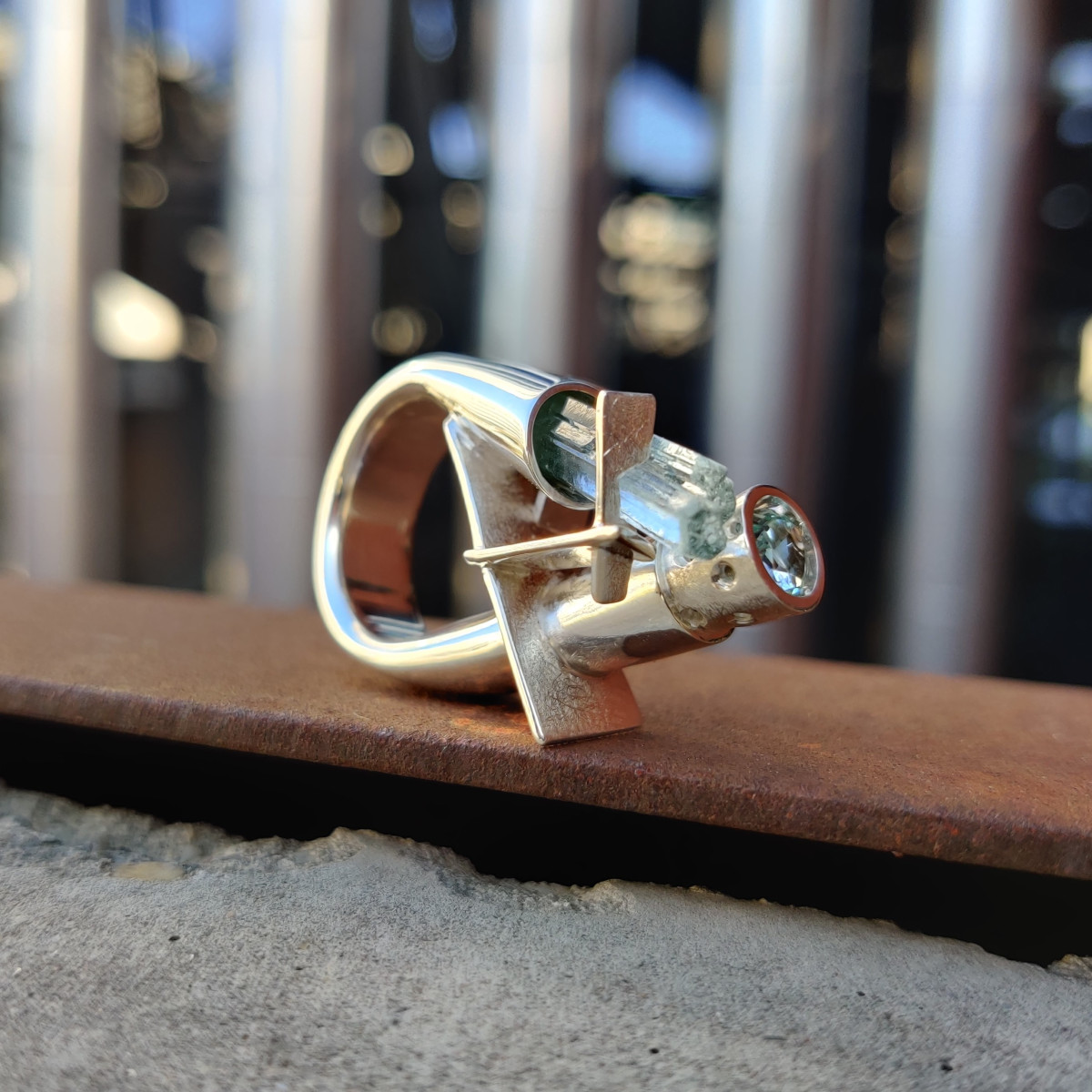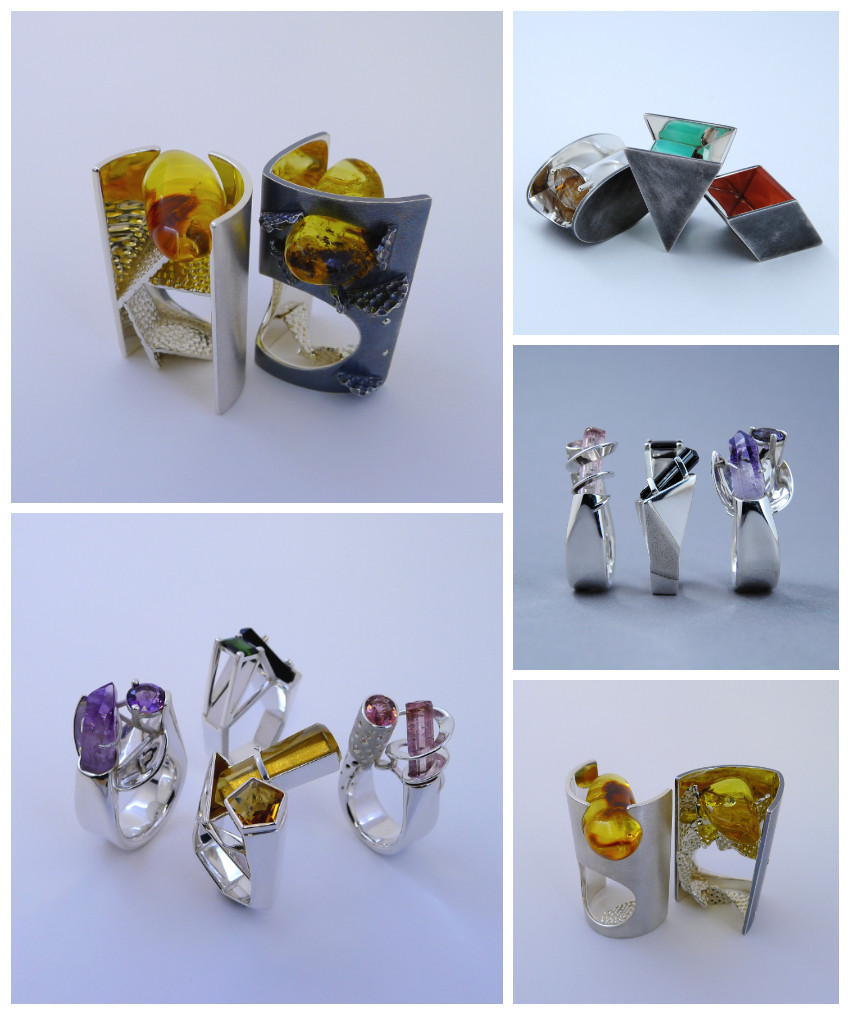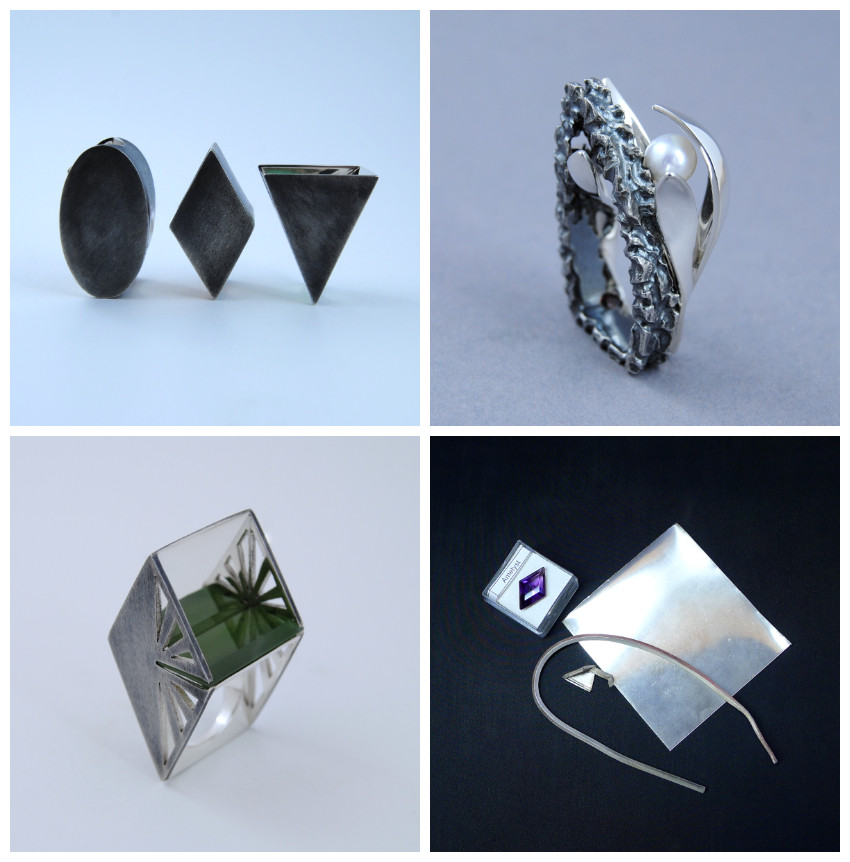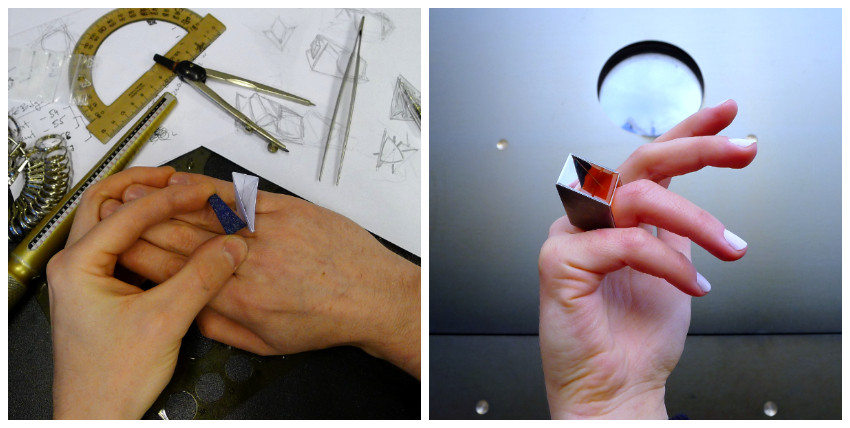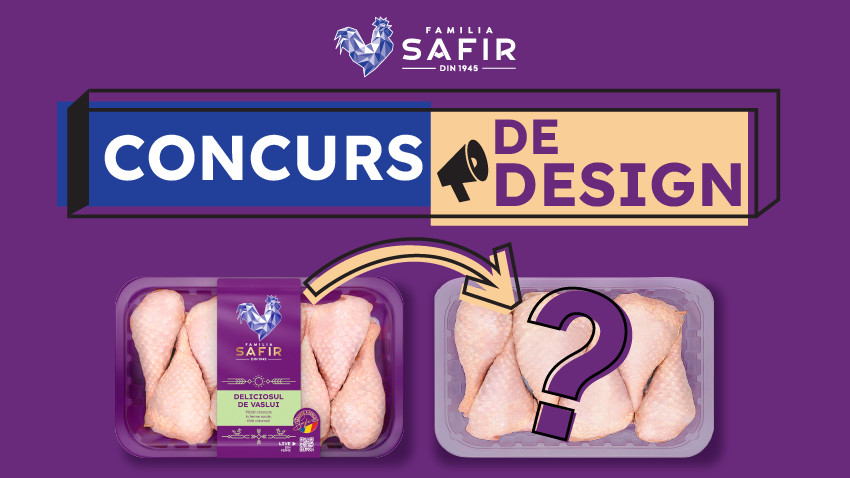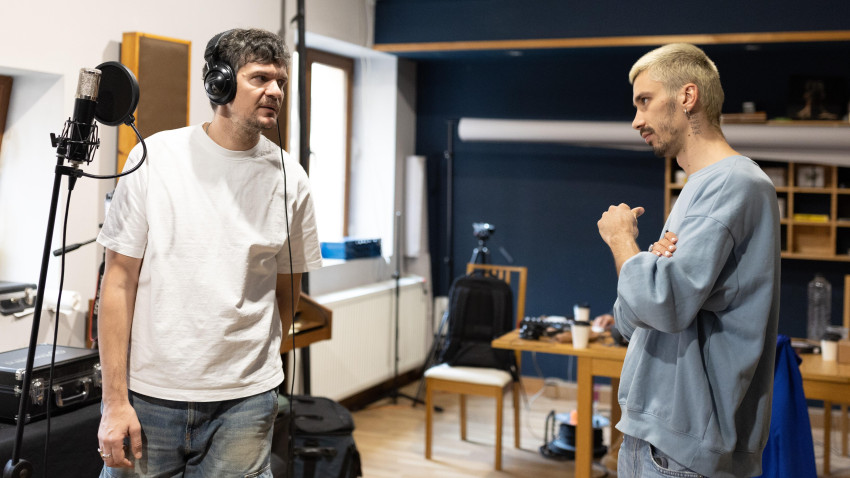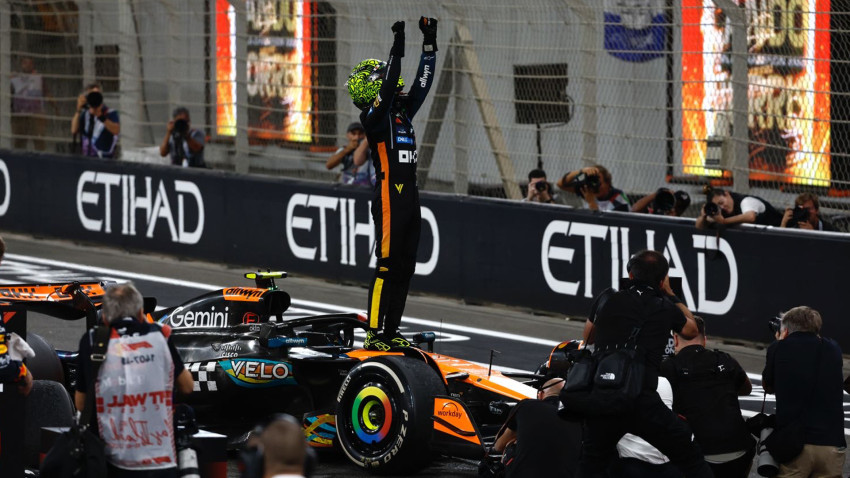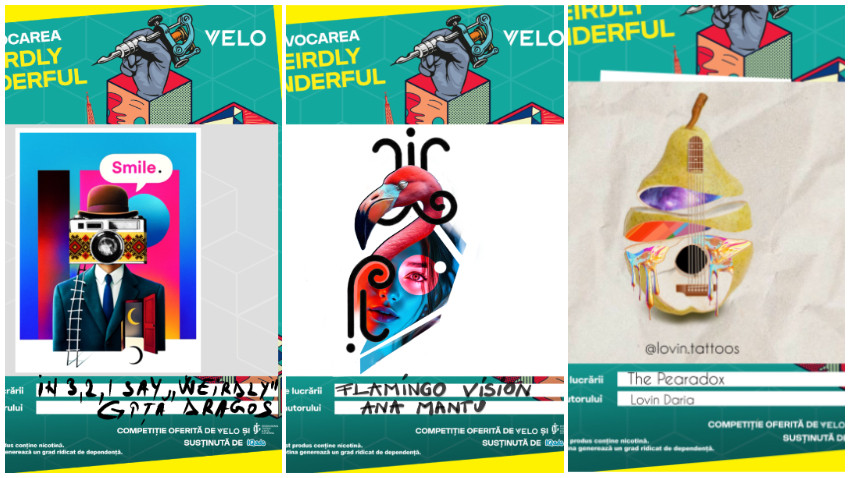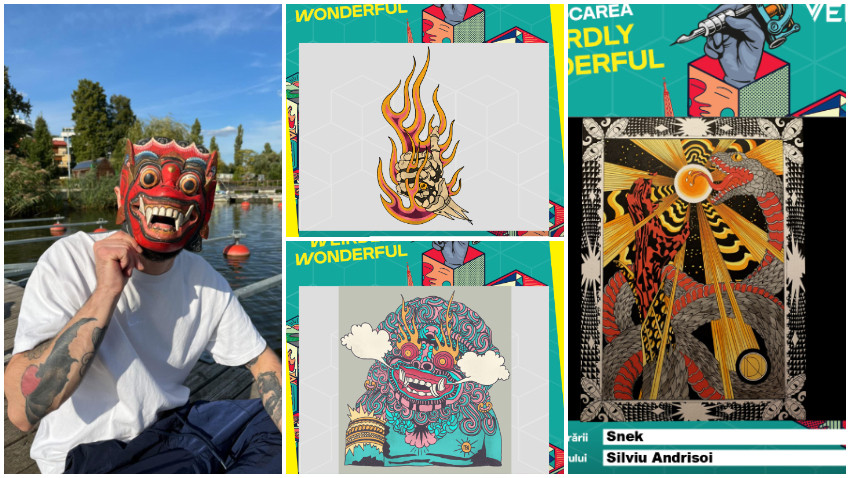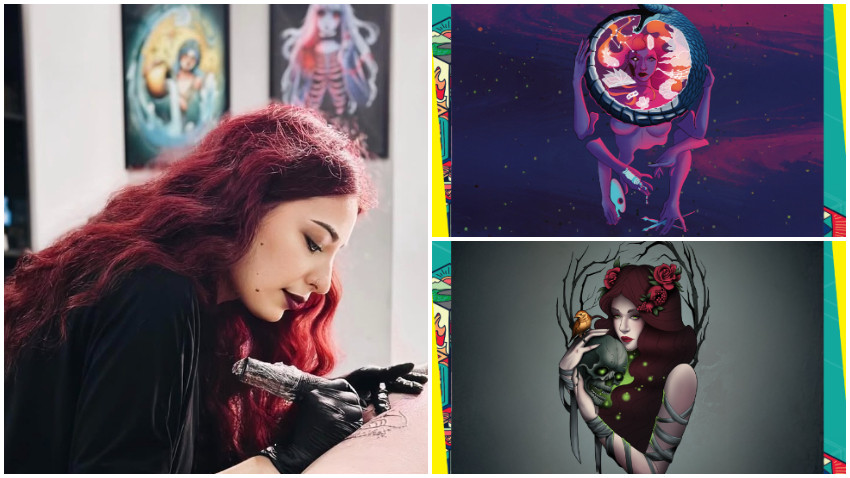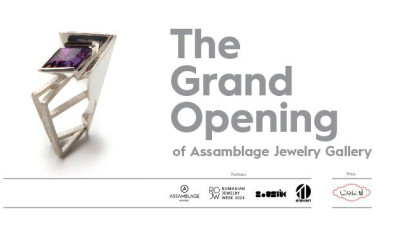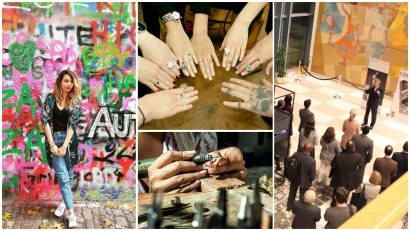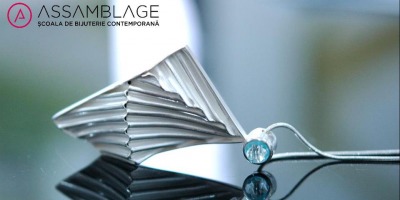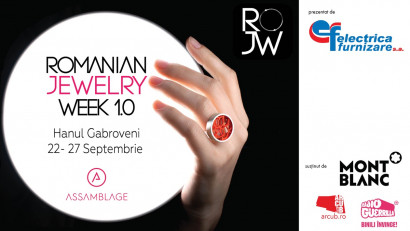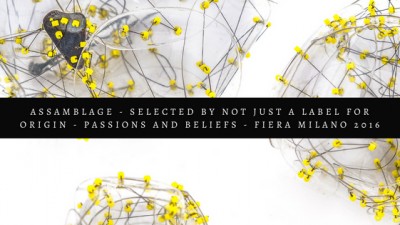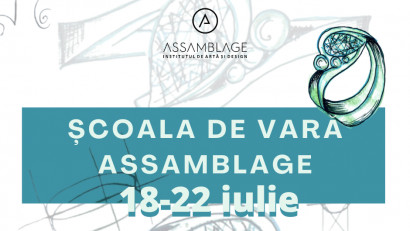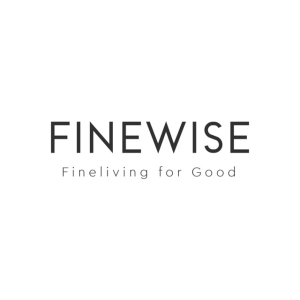The first piece of jewelry he created was a ring shaped like a snake. Later on, the interest in art jewelry appeared and naturally led him to the desire of making „unexpected one-of-a-kind jewelry", as Tomáš Miškovič calls his rings. He studied classical goldsmithing and worked in a workshop from his hometown, Zilina in Slovakia, for 6 years.
Tomáš has been a jewelry designer for over 20 years and with every piece he creates he tries to push the limits of his craft.
"It’s cliché, but I truly find inspiration all around me and I think it’s the same for everyone. I like modern architecture and I think my pieces reflect that. I focus on only rings because it is the only piece of jewelry you wear only for yourself".
15 Romanian and international contemporary jewelry designers exhibit their creations these days at the Assamblage Gallery, within the Assamblage Jewelry Gallery. Slovak designer Tomáš Miškovič is one of them. We have talked to him about contemporary jewelry and we found out how he creates his unusual rings.
From your biography
I studied classical goldsmithing. After graduation, I worked in a local goldsmithing workshop for 6 years, until I opened my own. After some time, I moved from my hometown of Zilina, Slovakia, to the Czech Republic, where I audited a few university courses on the topic of Combined Art Studies (history of music, visual art, theater, and film), and worked for two workshops. In 2020, I decided to focus once more on my jewelry studio, which I named “unexpected jewelry”.
The beginnings of your relationship with jewelry
I did not have any contact with jewelry prior to attending goldsmithing school. Since I was interested in arts and crafts, a teacher suggested this specialization. At first, goldsmithing was just a job, seriously thinking about design and trying to create something new came much later.
Your training stages as a jeweler
During my goldsmithing studies, we also had to complete practical training in a local workshop. There I met a more experienced colleague who showed me the basics of goldsmithing. Later, I had the luck to be able to learn by watching over the shoulder of a great local goldsmith, who taught me how to set stones. I also benefitted from being part of a small group of local goldsmiths under the leadership of a more experienced master. We helped and supported each other, especially with the more practical aspects of running a small business.
Your first designed jewels
My very first piece was a ring in the shape of a snake. :)
My passion for art jewelry developed later and I was able to follow my desire to make a different kind of jewelry. I discovered the works of Anton Cepka and especially for rings, Jiri Drlik and Karel Votipka, which gave me a different outlook and new inspiration. The first ring that I was truly proud of was the “Aquatic Machine”. With this ring, I broached the topic of nature and human intervention. I used a crystal as a symbol of untouched nature and a cut stone as a symbol of nature modified by human intervention. The crystal goes into the tube, around the finger and comes out as a cut stone. The ring tells the story of how we change nature and make it more refined, more precious, more valuable. It also won an award at the Slovensky Sperk Competition.
What inspires you now
It’s cliché, but I truly find inspiration all around me and I think it’s the same for everyone. I like modern architecture and I think my pieces reflect that. I focus on only rings because it is the only piece of jewelry you wear only for yourself.
Your personal mark in jewelry creation
I like to play with polished silver surfaces, especially in places where they are not common, for example around the stone, closer to the inside of the ring. I like that polished silver was used as a mirror in ancient times and I also like that it can reflect light. I use it intentionally to either emphasize the beauty of a stone, contrast a different finish, such as a black patina, or duplicate a pattern.
What are customers looking for in your jewelry
I cannot speak for them, but I hope they enjoy the original idea, the craftmanship and the fact that they own a piece that is one-of-a-kind.
The creative process: how an idea becomes a jewelry
The hardest part is by far the polishing :)
There are many steps, and every idea needs its own solution to be transformed into a real piece. Generally, I start by making some sketches as well as paper or vax models to better visualize what shape and size it will have. Since I focus on rings, wearability is a must. This is always a challenge – new ideas and new, uncommon designs are not easily turned into a wearable ring. This rule that I have ultimately helps me create better rings – rules create freedom in my art :).
Once I have decided on the design, I cut the silver to the right size and use forming and soldering to create the ring. I set stones and polish the ring. As long as the ring is “in development”, its design can still change, it is not a perfectly linear process. Maybe this is the most beautiful part – the fluidity of the design process?
Your thoughts on the evolution of jewelry design in recent years
I have seen a big focus on using new materials, creating performance materials, and using new technology in production, such as 3D printing.
The trends
I do not think art jewelry is driven by trends, but by artists. Each one has their own approach, topics of interest, favorite materials, processes and, of course, aesthetic. Meeting different jewelers and learning about the story behind each piece is one of the best parts of attending art jewelry events.
Your presence at Assamblage Jewelry Gallery
It is an honor to be part of the first edition of the Assamblage Jewelry Gallery. I am impressed by what the Assamblage team is creating: a school, a Jewelry Week, now also a gallery. They are bringing art jewelry to the people, making it inviting and approachable while also creating a community for jewelers in this space. I wish there were more like it.
What do you know about the Romanian jewelers’ community from Romania
I was surprised and impressed by how many jewelers are active in this field in Romania. Their work was also on a very high level – from concept to technique and of course overall look. Even though I am normally conservative when it comes to the materials I use, I really loved seeing the variety! I also made a few friends over the last 2 editions of ROJW. No collaborations yet – but I am always open.



